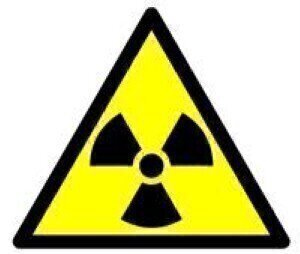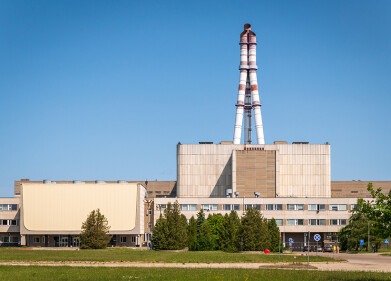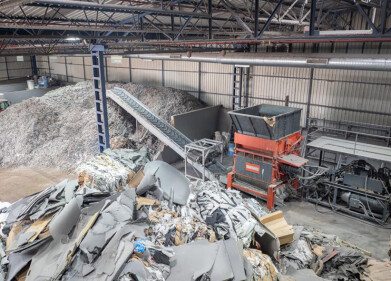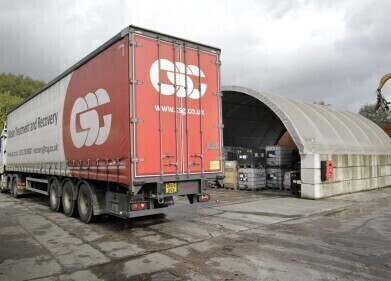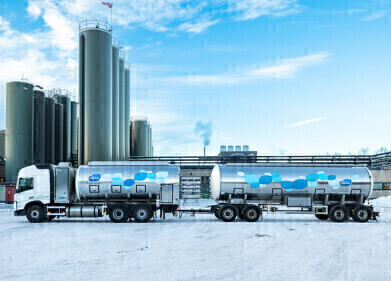Hazardous waste
How Have China's Crabs Revealed a Pollution Crisis?
Dec 11 2016
Last month, Chinese authorities banned the exportation of hairy crabs from two mainland farms after testing uncovered contaminated crabs in Hong Kong. The affected crabs contained harmful levels of dioxins, a carcinogenic chemical compound which can also damage the immune system and reproductive organs.
More concerningly, it has surfaced that dioxin-testing is not normal practice among hairy crab farmers, meaning that the carcinogens could have been present in crab samples for years.
A nasty contaminant
During testing which occurred at the end of September this year, the Chinese Centre for Food Safety found that two out of five hairy crab samples contained alarming amounts of dioxins and polychlorinated biphenyls.
These are complex chemical compound which have been known to wreak havoc on the body’s reproductive and immune systems, as well as causing cancer if consumed in excessive levels. The “safe” level of dioxins is 6.5 picograms per gram. The concentrations of the substance in the two offending samples were 11.7 and 40.3 picograms per gram, respectively.
As a result, the two mainland farms located in Jiangsu Province implicated in the scandal were prohibited from selling any more crabs until further notice. However, the pair supply as much as 80% of Hong Kong’s import market and it’s feared that countless contaminated crabs have already been sold and consumed.
No immediate cause for concern
The Centre for Food Safety were quick to downplay fears, claiming that there was no immediate threat to anyone’s health unless they had consumed the offending crustaceans in excessive quantities.
Dr Philip Ho Yuk-yin claimed that a person would not have exceeded their recommended limit of the toxins unless they ate more than 14 large crabs over a three-month period. For those whose diet consisted mostly of fatty foods, the safe number of crabs would drop to just three.
The dioxins and polychlorinated biphenyls are formed as by-products of a variety of industrial processes, such as pesticide, steel and paint production, as well as toxic waste incineration. Unfortunately, the compounds involved are fat-soluble, meaning they’re difficult to break down. It’s this longevity that is of particular concern, especially since the area around Lake Tei (the breeding ground for many of the crabs) is a heavily industrialised one.
The extent of the problem unknown
Most concerningly of all, the director of one of the mainland farms implicated in the story Sun Xingliang says that his products have never been tested for dioxins in the past.
“It’s the first time that my company’s product has been accused of dioxin contamination in 16 years of exporting. I have no idea what a dioxin is,” he said. Meanwhile, a director of an environmental thinktank Mao Da confirmed fears that the toxins could be present across China and beyond, since the crabs are also exported to Macau, Taiwan and Singapore.
“The mainland’s food safety standards do not refer to dioxin levels,” he said. “So it is possible that hairy crabs sold on the mainland are also tainted with dioxin.”
Clearly, stricter dioxin remediation is called for, similar to that which is currently taking place in Danang in neighbouring Vietnam, where US incentives are hopeful of clearing up the toxic fallout caused by the Vietnam War.
Events
Mar 18 2025 Expo Santa Fe, Mexico
Mar 18 2025 Moscow, Russia
Mar 19 2025 Manila, Philippines
Mar 20 2025 Guangzhou, China
Mar 24 2025 National Harbour, MD, USA
